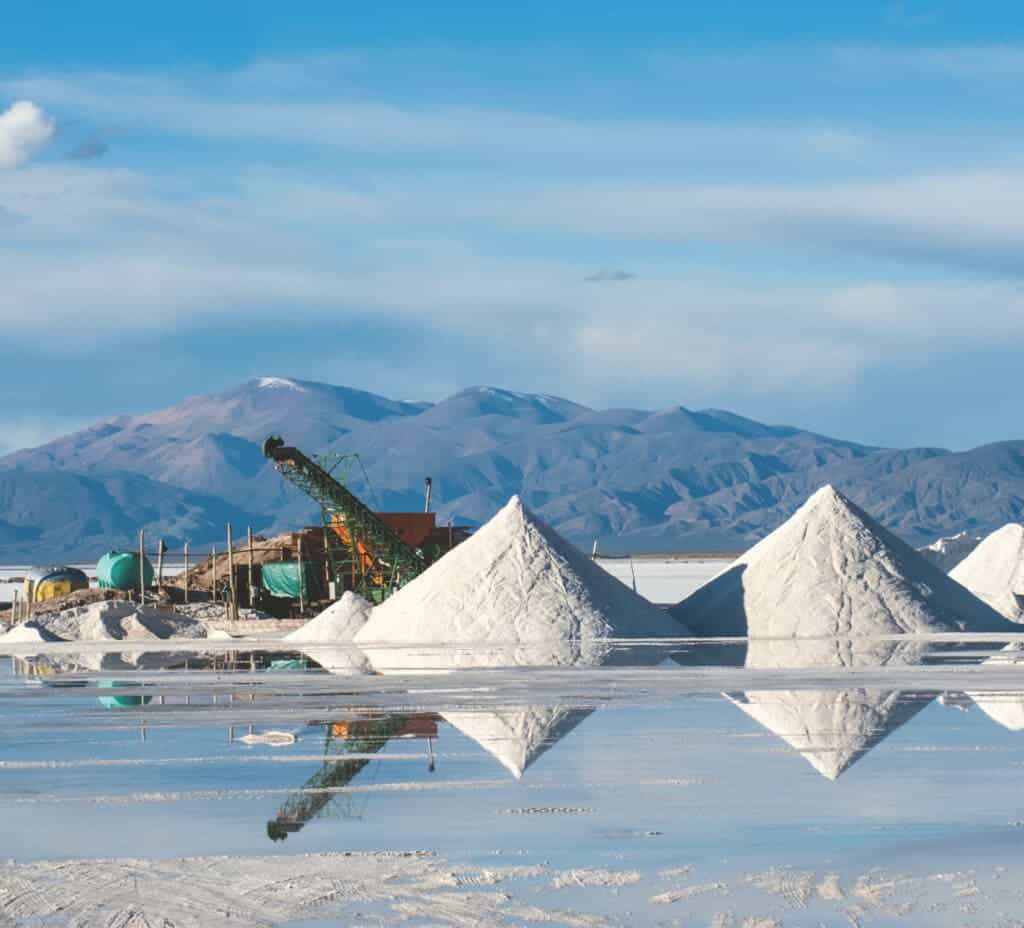Lithium-ion batteries are used widely in everything from electronic devices such as smartphones to transport applications such as scooters and EVs. However, the lithium used for the batteries is in many cases linked to environmental and social impacts on the communities that live near the mines, mainly located in developing countries.

Now, researchers have found a way to trace the origin of lithium in order to make producers accountable and ensure they are only using ethical sources for the metal, which is becoming vital for the global economy. The annual amount of lithium required is expected to increase by a factor of 44 by 2030 compared to the volume recorded in 2017.
“It’s important to know the origin of lithium because, depending on where the lithium comes from, its exploitation can generate environmental or societal problems,” Anne-Marie Desaulty, a researcher at the French Geological Survey and study author, told New Scientist. “Water scarcity and human rights violations are major issues.”
Tracing lithium’s origins
Desaulty and her colleagues wanted to find out whether lithium’s atomic signature could be used to establish its origin. Lithium has two stable isotopes (atoms of the same element with a different number of neutrons), known as lithium-6 and lithium-7. Each source of lithium has unique ratios of these isotopes, so the ratio acts as a kind of signature.
The researchers looked at studies of isotopic ratios of lithium collected from different mines and found that lithium obtained from brine deposits has a different isotopic signature from the lithium sourced from hard rock. They couldn’t yet link the lithium in batteries to specific locations as they didn’t have the reference samples but they think this could be done in the future.
“We need to know where our lithium is coming from and that it’s coming from sustainable energy. Many of these procedures consume vast quantities of energy,” Rachael James, a researcher at the University of Southampton told New Scientist. “In terms of mines’ willingness to give out that data, I don’t think it would be a massive deal.”
While the lithium supply chain is currently less problematic in terms of social and environmental risks than other metals used in the batteries, such as manganese or cobalt, lithium is frequently associated with diverse environmental and social impacts. For instance, vast quantities of water are pumped from underground sources to help extract lithium from ores, and this can lower groundwater levels and lead to the spread of deserts. As demand expands, the impacts of lithium could increase in the coming years, the researchers said.
Indigenous communities in Argentina have reported that lithium operations on their land threaten their survival and the use of their rights. In Zimbabwe, researchers have found an illicit financial flow in the lithium mining sector. Studies have found that the water used in lithium-brine mining can create a risk of water scarcity for humans and nature.
Car manufacturers like BMW, Tesla, and Volvo have recently pledged to increase the transparency of their supply chains for EV batteries, ensuring sustainable sourcing of raw materials. Some companies have even started a partnership for sustainable lithium in Chile. Carmakers are also exploring the use of blockchains in their lithium supply chains.
“Traded materials can be analysed to provide additional credibility to document-based traceability systems with due-diligence concepts for raw material supply chains,” the researchers wrote. “Implementation of a certification system for lithium will boost the development of a responsible, sustainable and stable supply of raw materials for batteries.”
The study was published in the journal Nature.









